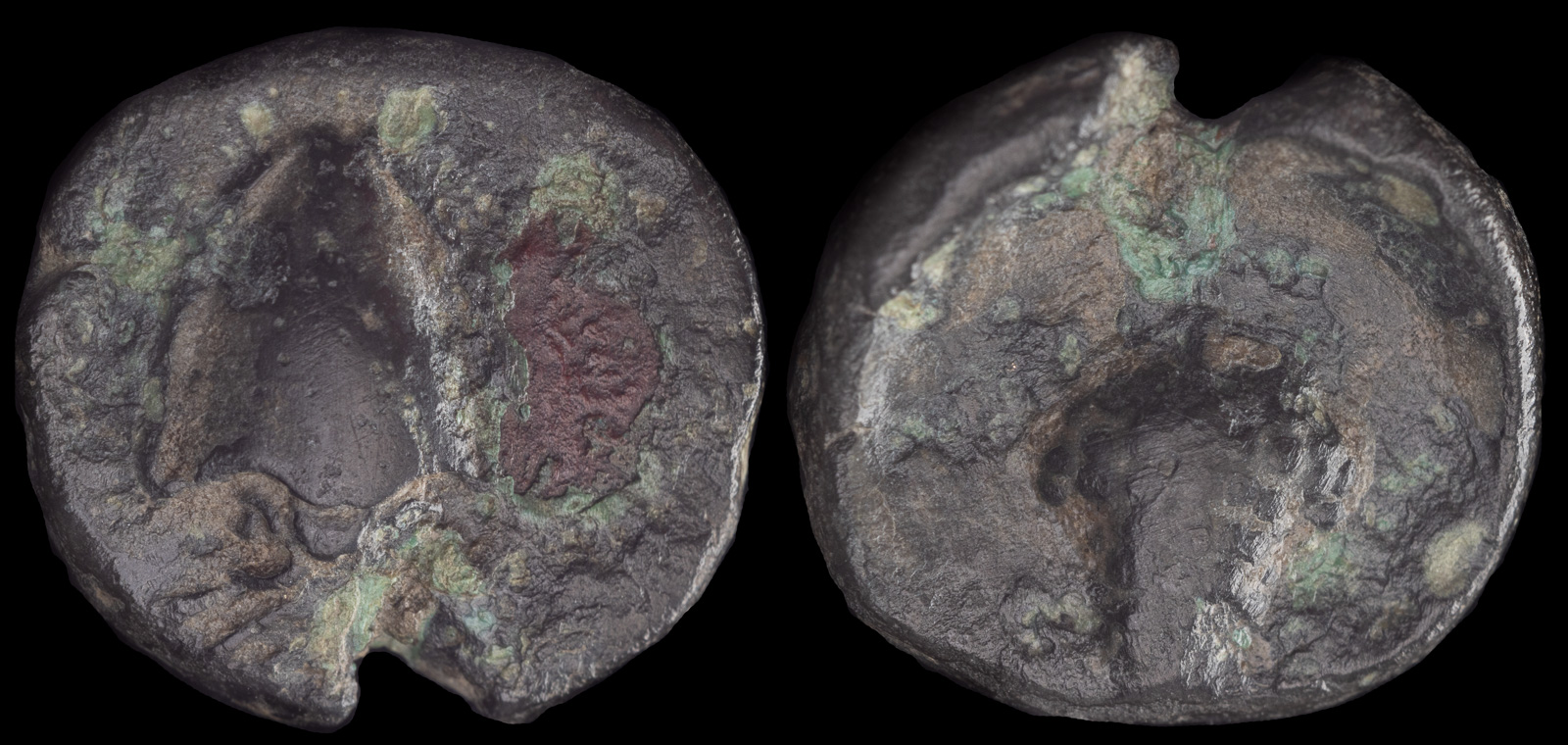Cuttlefish
View All Tags
The cuttlefish’s ink was highly valued in ancient Greece, used for writing and drawing. Ancient authors, including Pliny the Elder, mention the cuttlefish’s ink as a natural pigment that was prized for its rich black color and durability. This ink was likely used in manuscripts and art, as well as for decorating pottery and other objects. The substance was not just practical but had symbolic meaning, representing writing and the recording of knowledge, both central to Greek intellectual culture. The use of ink derived from such an intelligent and elusive creature could also reflect the Greek reverence for wisdom and understanding.
In the culinary realm, the cuttlefish was a common food source, particularly along the coasts of Greece, where seafood played a central role in the diet. It was enjoyed both for its taste and its versatility, being prepared in a variety of ways, from grilled to boiled. The Greeks, known for their appreciation of both simple and refined dishes, likely saw the cuttlefish as a delicacy, particularly in coastal cities where it was more readily available. It was often consumed alongside other seafood and was a part of the diverse, Mediterranean-based diet that the Greeks celebrated.
The cuttlefish also found its place in mythology and art, symbolizing the sea and the creatures that inhabit it. While not as prominent as other marine animals like dolphins or fish, the cuttlefish appeared in Greek vase painting and other forms of art, where its distinctive shape and texture may have represented the richness and mystery of the sea. In the broader context of Greek symbolism, it could have embodied the connection between humanity and the sea, a theme explored in both literature and visual culture.

Cyclades, Keos. Koressos
4th century BCE
Ae 12mm 1.53g
Obv: Cuttlefish.
Rev: K-O bunch of grapes.
HGC 6, 588